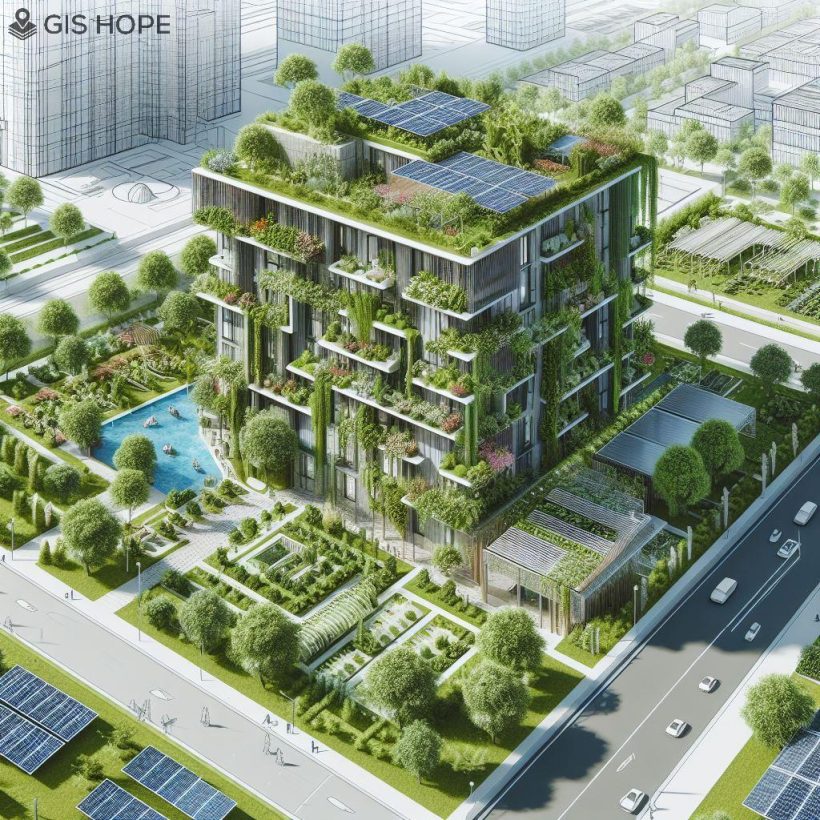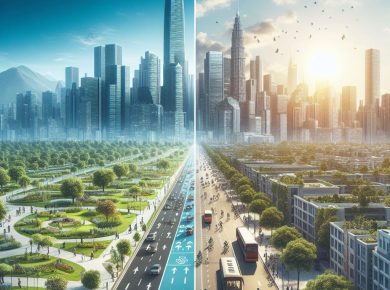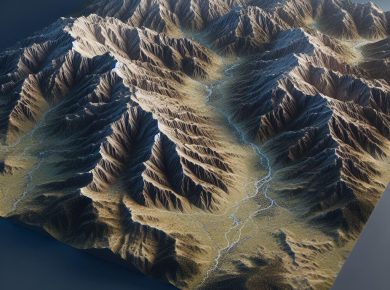In an era where environmental concerns are at the forefront, the need for sustainable solutions in infrastructure design has never been more critical. Eco-friendly infrastructure design not only minimizes environmental impact but also promotes resilience and long-term sustainability. This essay delves into the strategies and innovations driving sustainable infrastructure design, highlighting the importance of eco-conscious approaches in shaping a greener future.
Understanding Eco-Friendly Infrastructure Design
Eco-friendly infrastructure design focuses on minimizing environmental impact while maximizing resource efficiency and resilience. It encompasses various aspects, including green building practices, renewable energy integration, water management systems, and sustainable transportation solutions. By prioritizing eco-conscious approaches, infrastructure projects can mitigate environmental degradation, reduce carbon emissions, and enhance overall sustainability.
Innovative Strategies for Sustainability
Several innovative strategies are employed in eco-friendly infrastructure design to promote sustainability and environmental stewardship. Green building practices, such as passive solar design, energy-efficient HVAC systems, and sustainable materials usage, help reduce energy consumption and minimize carbon footprint. Renewable energy technologies, including solar panels, wind turbines, and geothermal systems, offer clean and renewable energy sources to power infrastructure projects sustainably.
Water management systems, such as rainwater harvesting, stormwater retention ponds, and permeable pavements, help conserve water resources and mitigate flooding and erosion. Sustainable transportation solutions, including public transit networks, bike lanes, and pedestrian-friendly streetscapes, promote alternative modes of transportation and reduce dependence on fossil fuels. By integrating these innovative strategies into infrastructure design, cities can build resilient, environmentally conscious infrastructure that meets the needs of present and future generations.
Case Studies in Sustainable Infrastructure
Several case studies showcase the effectiveness of sustainable strategies in infrastructure design. The High Line in New York City, for example, transformed an abandoned elevated railway into a vibrant public park, showcasing green infrastructure and sustainable landscaping techniques. The Masdar City project in Abu Dhabi demonstrates innovative approaches to sustainable urban planning, including renewable energy integration, water conservation measures, and pedestrian-oriented design.
Challenges and Opportunities
While sustainable infrastructure design offers numerous benefits, it also presents challenges and opportunities. Economic constraints, regulatory hurdles, and stakeholder resistance can pose barriers to implementing eco-friendly solutions. However, technological advancements, policy incentives, and public awareness initiatives create opportunities for overcoming these challenges and advancing sustainability goals.
In conclusion, sustainable solutions in infrastructure design are essential for mitigating environmental impact, promoting resilience, and shaping a greener future. By incorporating eco-friendly strategies such as green building practices, renewable energy integration, water management systems, and sustainable transportation solutions, cities can build infrastructure that meets the needs of present and future generations while safeguarding the planet. As the demand for sustainable infrastructure continues to grow, embracing eco-conscious approaches is crucial for creating resilient, environmentally conscious communities.
References
- Tavares, S. R., & Russo, M. A. (2021). “Sustainable and Smart Urban Transportation Systems: New Mobility for Green Cities.” Springer.
- Yeang, K. (2012). “Eco-Masterplanning: Eco-City, Green Community, Sustainable Urban Development.” Wiley.
- Rittel, H. W., & Webber, M. M. (1973). “Dilemmas in a General Theory of Planning.” Policy Sciences.
- United Nations. (2015). “Transforming Our World: The 2030 Agenda for Sustainable Development.” United Nations.






